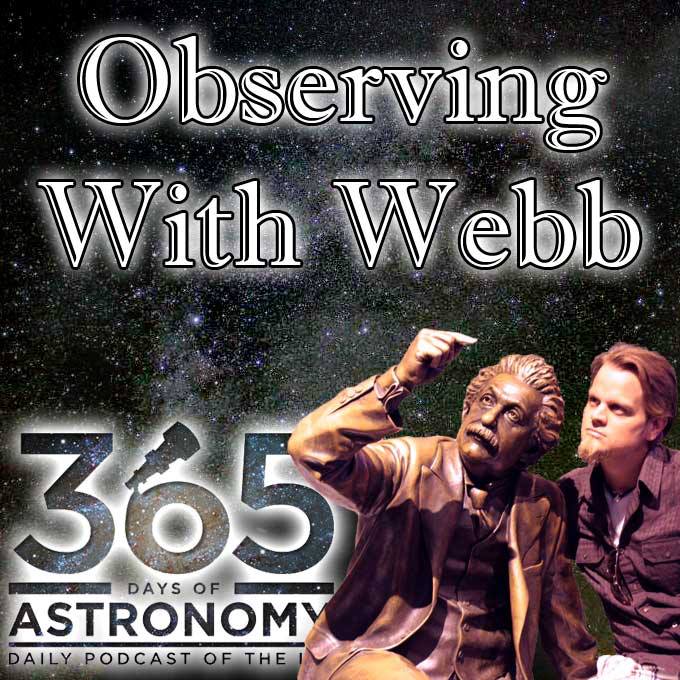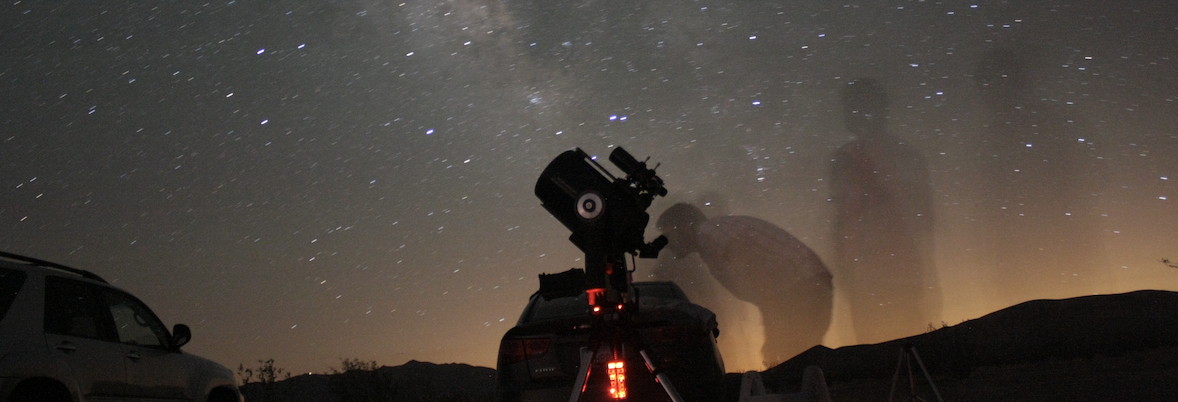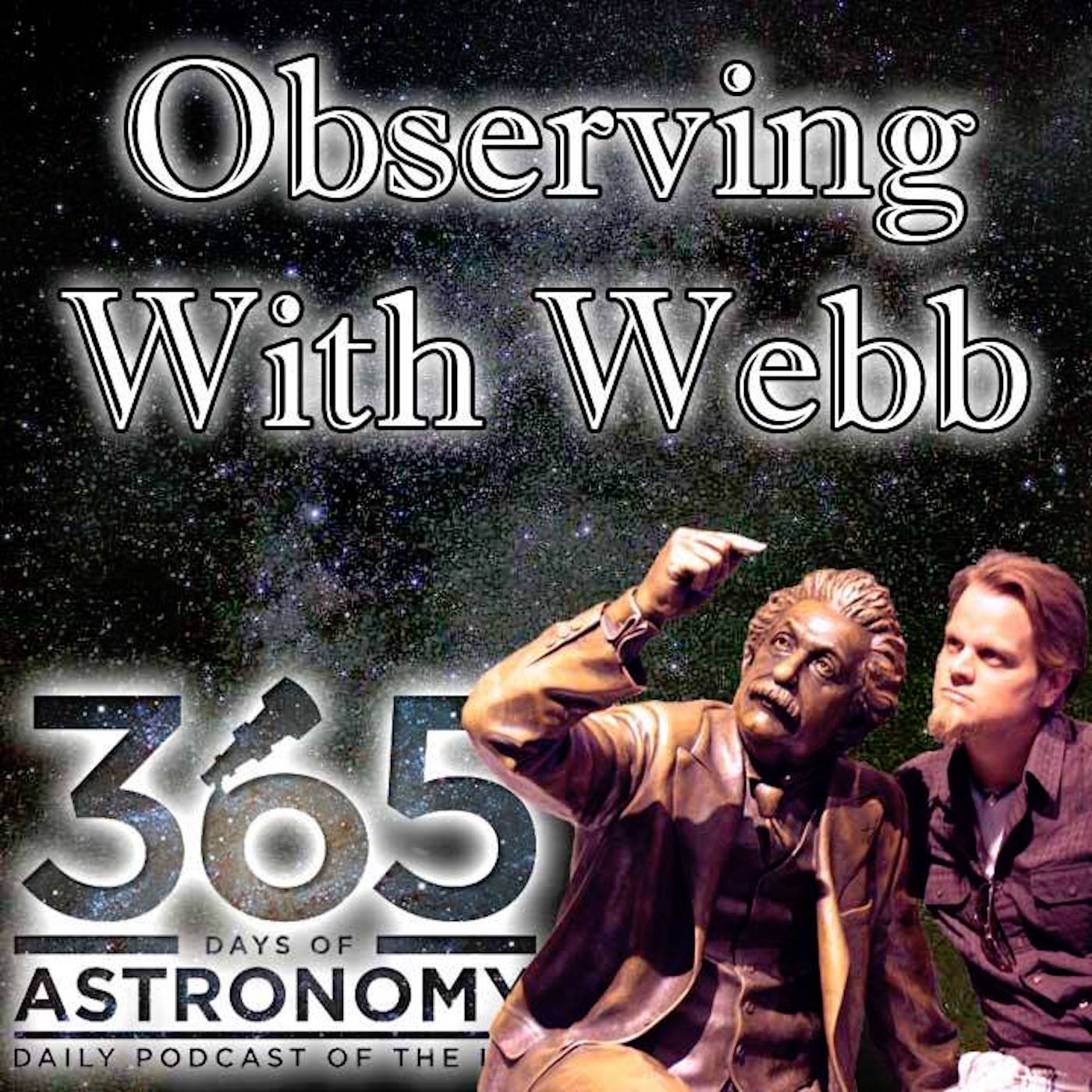Episodes

Wednesday Dec 04, 2013
December 2013
Wednesday Dec 04, 2013
Wednesday Dec 04, 2013
To see a video of this information (<10 min long) click here
A somewhat interesting December this year. You have plenty of planets to look at at various times of the night, the Geminid Meteor Shower, and possibly a comet. Comet ISON passed by the Sun, coming within one Sun diameter of its surface, on the 28th of November, and appears to have been mostly wiped out. We’ll see in the next couple of days whether or not we’ll be able to catch a glimpse of it or not.
EVENTS...
1st – Close Encounter – Moon, Saturn, Mercury – Look to the SE between 6:00am and sunrise and you can see (with binoculars) a VERY thin crescent moon, with Saturn just above and Mercury just below.
New Moon – 2nd (darkest skies)
5th – Close Encounter – Moon, Venus– Look Southwest after the Sun sets and look for a thin waxing crescent Moon. Venus will be 7˚ down and to the left of the Moon. Venus will be the first “star” you see in that direction.
First Quarter Moon – 9th (Visible until midnight)
13th, 14th – Geminid Meteor Shower – It’s not a great year for the Geminids, which supposedly produce 120 meteors per hour, though you’ll probably see less, depending on your light pollution levels. You’ll have to get out between 5am and dawn on the 14th to get the best look, since that’s about when the Moon sets.
Some advice for watching:
Find a dark location and lie down in a reclining chair or swimming pool floaty
Look toward Gemini (in the East). That is where the radiant is - where the meteors will appear to be coming from. Keep a wide eye and try to take in the whole sky, instead of staring at one spot or through binoculars or a telescope.
Dress in multiple layers and bring hot chocolate
Check the weather to see if the skies will be clear (weather.com has a good map here)
Adapt your eyes to the dark by staying away from light sources or using a red light if you need to look at a star chart or not trip over something.
Full Moon – 17th (Visible all night)
18th – Close Encounter – Moon & Jupiter – Find the Full Moon in the E in the evening. Jupiter will be 5˚ up and to the left.
21st - Winter Solstice – Shortest day and longest night of the year for those in the Northern Hemisphere. We are also reminded the world did not end on this day last year.
Last Quarter Moon – 25th (Visible from midnight into the morning)
25th, 26th – Close Encounter – Mars, Moon – Get out early in the morning and check out the third quarter Moon in the SE. On Christmas morning, Mars will be about 8˚ down and to the left. The next morning, Mars will be about 7˚ above the Moon.
28th, 29th – Close Encounter – Moon, Saturn – Look to the SE after 5am and you can see a thin crescent moon, with Saturn 7˚ below it on the 28th and 7˚ above it on the 29th.
PLANETS...well, the ones visible with your naked eye
Planets you can see around Sunset – Venus (W)
Planets you can see throughout the night – Jupiter (EàW)
Planets you can see in the Morning – Jupiter (W), Mars (S), Saturn (E)
Mercury – Not easily visible this month.
VENUS – Fairly prominent in the sunset sky, until it sets itself around 7:00pm. Closest to the Moon on the 5th.
Mars – Look East after 1:00am and before sunrise, It’s hanging out below Leo, in Virgo this month. Close to the Moon on the 25th and 26th.
JUPITER – Look East after 7pm for the brightest “star” currently in Gemini. It’ll move toward the South and eventually toward the West in the morning. Close to the Moon on the 18th.
Saturn – Look in the East after 5am for the bright point that is Saturn.
CONSTELLATIONS... (see sky map link at the bottom for a Star Map for this month – or ask Mr. Webb) Look straight up and you'll see...
After Sunset (sunset is around 5:00pm) – Pegasus, Andromeda - Extra Challenge! Using your naked eye (dark-adapted and in a dark area) or binoculars under normal conditions and a star chart, try finding our neighboring Andromeda Galaxy. It’ll be a faint, but bigger, fuzzy in the constellation Andromeda.
Between Sunset and Midnight – Perseus, Andromeda, Cassiopeia
Midnight – Auriga, Taurus, Gemini
Early Morning – Ursa Major’s legs, Leo Minor
GENERAL CONSTELLATION FINDING TIPS:
Fall Constellations: Andromeda, Pegasus
If you can find the Summer Triangle and Delphinus in the West, about 40˚ to the East (leftish – pretty much straight above you) will be the Great Square of the fall constellation Pegasus. Perhaps you’ll even see the two curves of Andromeda off of one side, with the Andromeda Galaxy as a small, faint fuzzy nearby (you’ll need dark skies to see it). A sky map will help you tremendously in finding these.
Winter constellations: Orion is easy to spot as he is rising in the East around 7:30pm. You can use Orion to find many other winter constellations.
Using Orion: Find Orion by looking for the three stars in a row that make up Orion’s belt in the East around 7:30pm. If you draw a line from the left (bottom) star to the right (top) star and keep going right about 20 degrees (about 2 fists at arm’s length) until you reach another very bright star, you will have reached the star Aldebaron in Taurus (the V). Follow that line a little more (about another fist) and you’ll find the Pleiades.
Draw a line from the right (top) star in Orion’s belt to the left (bottom) star, and keep going left about 20 degrees (2 fists again), you’ll come to the brightest star in the sky – Sirius – part of Canis Major.
Above these three constellations are Gemini and Auriga. The brightest stars in each of these constellations form a circle in the sky. Going clockwise - Aldebaron (Taurus) – Rigel (Orion – bottom right foot) – Sirius (Canis Major) – Procyon (Canis Minor) – Castor & Pollux (Gemini) – Capella (Auriga). It makes for great stargazing in the winter sky.
Use a sky map from www.skymaps.com to help you out.


No comments yet. Be the first to say something!